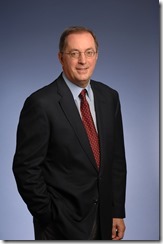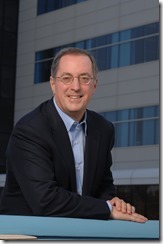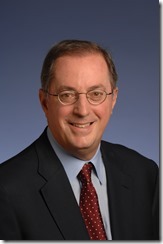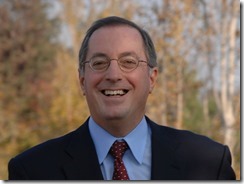Former Intel CEO Paul S. Otellini Dies at Age 66
IBM 一手推動 PC 於世界上流行起來之時,架構規格儘量保持開放,Intel CPU 技術比較領先(x86 指令集領域來說),IBM 一度跟 Intel 簽下 Agreement,20 年內 Intel 設計的 CPU 包括 Socket、Packaging 一律必須公開,供第三方廠商同樣能製造類近的產品,確保百花齊放。
90 年代尾,此規限快將到期,Intel 必須準備重定去向,接手 PC 的往後發展。Pentium 品牌策略及 Socket 7 ,分別代表 Intel 準備獨立註冊 CPU 產品品牌(以往的 80×86 命名無法註冊),以及終結 Intel 製定 Socket 然後供業界共通採用的百花齊放時代。
IBM 轉戰高端科學運算以及宇宙級雲端服務,Intel 幾近接替了 IBM 以往的角色,在 Post PC Era 的世代下延續科技夢想。Paul 表示他對 Intel 的工作來說唯一的遺憾是當年沒有答應 Apple 為其生產 Mobile processor,但此話其實潛伏另一故事,就是當年 Intel 出售 ARM 指令集 CPU 部門 – XScale,打算單一地以 x86 指令集 CPU 產品橫掃 PC 與 Smartphone 市場,但 Atom Processors 生不逢時,耗電未如理想仍有待進化之際,ARM 架構早已佔據九成 Smartphone 市場。若當年 Intel 有 IBM 哪般的胸襟,找來 AMD (甚至其它廠商) 一起研發 Mobile x86 產品,今天可能不會只有 ARM 架構獨當一面。還好,ARM 架構目前仍有多家廠商採用它來製造 CPU,尚算較 PC 世界開放。
話分兩頭,AMD 又一直趕不上 Intel 的技術水平,找它來合作也未必有甚麼火花。Intel 不再公開 Socket and CPU 架構之初,IBM 都怕 PC 市場太快變成 Intel 獨霸局面,轉移了不少技術給 AMD,順便作為退出 PC 市場過渡期間的收入來源。
Official blog post [Source: Reference link has shown below]
SANTA CLARA, Calif., Oct. 3, 2017 – Intel Corporation today announced that the company’s former CEO Paul Otellini passed away in his sleep Monday, Oct. 2, 2017, at the age of 66.
Paul Otellini became Intel’s fifth chief executive officer in 2005. Under his leadership the company made important strategic, technological and financial gains. These included transforming operations and cost structure for long-term growth; assuming a leadership position in the server market segment; and maintaining profitability during the global recession. Other accomplishments included signing on notable new customer engagements, such as winning the Apple PC business, and business partnerships and strategic acquisitions that expanded Intel’s presence in security, software and mobile communications. On the financial front, Intel generated more revenue during his eight-year tenure as CEO than it did during the company’s previous 45 years1. In the last full year before he was named CEO, Intel had $34 billion in sales; by 2012, the number had grown to $53 billion.
“We are deeply saddened by Paul’s passing,” Intel CEO Brian Krzanich said. “He was the relentless voice of the customer in a sea of engineers, and he taught us that we only win when we put the customer first.”
Otellini was born in San Francisco on Oct. 12, 1950, and remained a fan of the city all his life. He received a bachelor’s degree in economics from the University of San Francisco in 1972 and an MBA from the University of California, Berkeley in 1974. He joined Intel in 1974 and served in a number of positions, including general manager of Intel’s Peripheral Components Operation and the Folsom Microcomputer Division, and in 1989 as then-CEO Andy Grove’s chief of staff.
From 1990 to 2002, he held various positions at Intel, including executive vice president and general manager of the Intel Architecture Group, responsible for the company’s microprocessor and chipset businesses and strategies for desktop, mobile and enterprise computing, as well as executive vice president and general manager of the Sales and Marketing Group. Otellini also served as chief operating officer from 2002 to 2005.
“Paul’s business acumen, optimism and dedication fueled our growth throughout his tenure as CEO,” Intel Chairman Andy Bryant said. “His tireless drive, discipline and humility were cornerstones of his leadership and live on in our company values to this day.”
Paul and his wife, Sandy, were married for 30 years. He is survived by his wife; his son, Patrick; and his daughter, Alexis. Since he retired in 2013, Otellini dedicated time to mentoring young people and being involved with several philanthropic and charitable organizations, including the San Francisco Symphony and San Francisco General Hospital Foundation.
1Paul Otellini’s Intel: Can the Company That Built the Future Survive It?





